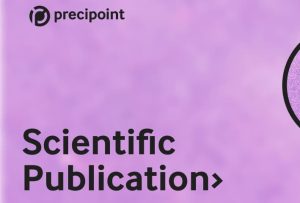Today, medicine offers a wide variety of approaches to the treatment of cancer. Some of them are already used as standard, others are still in research, but are quite promising. In their study, Mowday et al. describe one of these research approaches in which the bacterium Clostridium sporogenes is used to effect a cure. In “Use of an optimized enzyme/prodrug combination for Clostridia directed enzyme prodrug therapy induces a significant growth delay in necrotic tumors” the bacterium is cultivated in the direct environment of the tumor tissue and is supposed to produce a therapeutic gene there. This is possible because the tumor tissue forms a nutrient environment that is selective for Clostridium sporogenes and thus promotes growth.
„Necrosis is a typical histological feature of solid tumours that provides a selective environment for growth of the nonpathogenic anaerobic bacterium Clostridium sporogenes. Modest anti-tumour activity as a single agent encouraged the use of C. sporogenes as a vector to express therapeutic genes selectively in tumour tissue, a concept termed Clostridium Directed Enzyme Prodrug Therapy (CDEPT). Here, we examine the ability of a recently identified Neisseria meningitidis type I nitroreductase (NmeNTR) to metabolise the prodrug PR-104A in an in vivo model of CDEPT. Human HCT116 colon cancer cells stably over-expressing NmeNTR demonstrated significant sensitivity to PR-104A, the imaging agent EF5, and several nitro(hetero)cyclic anti-infective compounds. Chemical induction of necrosis in human H1299 xenografts by the vascular disrupting agent vadimezan promoted colonisation by NmeNTR-expressing C. sporogenes, and efficacy studies demonstrated moderate but significant anti-tumour activity of spores when compared to untreated controls. Inclusion of the pre-prodrug PR-104 into the treatment schedule provided significant additional activity, indicating proof-of-principle. Successful preclinical evaluation of a transferable gene that enables metabolism of both PET imaging agents (for vector visualisation) and prodrugs (for conditional enhancement of efficacy) is an important step towards the prospect of CDEPT entering clinical evaluation.“
Alexandra M. Mowday et al.
What was the M8 used for?
Our digital microscope was used for the scanning tumor tissue sections that were stained with hematoxylin eosin or Gram-twort.
Where can I find the publication?
If you want to read the whole paper, click on the link below:









